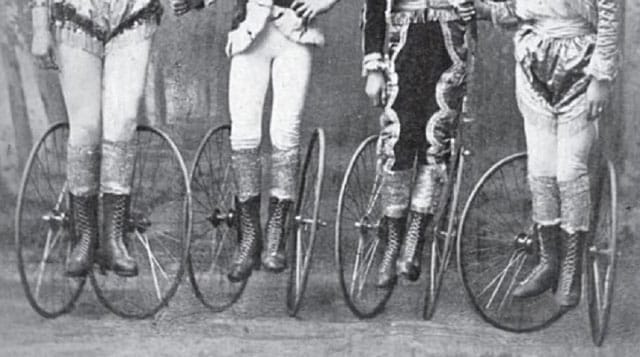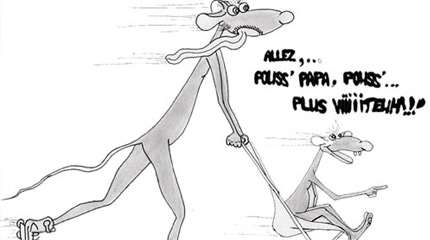Benefits of roller-skating on health
Roller-skating may be enjoyed in many different ways: fitness, speed, long distance races, stunt, figure skating, inline or rink Hockey, roller-dancing... Every above-mentioned practice can be considered as a specific sport. In this article, our goal is to show some benefits of roller-skating, especially through fitness-skating: what is a good practice, working at moderate cardiovascular level, how to get a balanced diet?
Par Vernon SULLIVAN
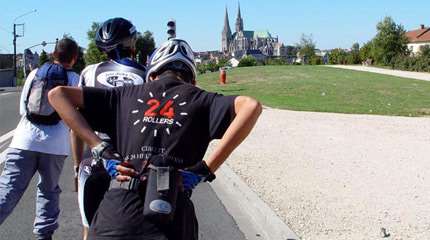
Interview of Dr Jacques Blanc – sport doctor at Centre Regional de Medecine du Sport du Languedoc-Roussillon (France)
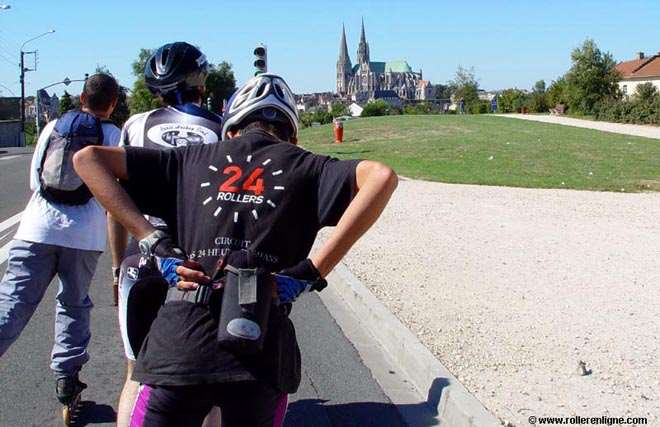
Can fitness roller-skating be considered as an endurance sport?
Yes for long duration training. For instance, Rink-Hockey is not an endurance sport because of intensive but short games; and released time is needed between games. Moreover endurance sport implies heart rate correlated to age.
How improving endurance?
Long aerobic endurance is obtained when training over 30 minutes at 80% of your MHR (maximum heart rate). MHR decreasing is based on equation 220 – age, it varies from 160 for twenty years old to 128 for sixty years old athletes.
Working at this heart rate may be theoretically indefinite, because endurance means going on as far and fast as possible.
What predominant muscles are going to work during fitness skating?
Any endurance sport develops above all one muscle: the heart. For older people regular exercises are significant to muscle heart and avoid heart attack*. But fitness skating is a complete sport where other body parts are working: calf, thigh, gluteal, abdominal muscles…
How muscles are going to develop?
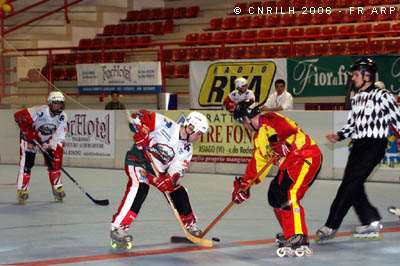 Muscles don’t develop as same as bodybuilding can do. Bodybuilding focuses on one muscle while fitness skating is working the whole muscles at the same time.
Muscles don’t develop as same as bodybuilding can do. Bodybuilding focuses on one muscle while fitness skating is working the whole muscles at the same time.
How many hours by week do you recommend to practise ?
There is no rule in this domain. Generally training 1 hour once every two days is needed to benefit. Races or intensive practice brings a lot of specific pathologies. Today « business sport » has replaced « sport for health ».
What is duration for warming up and stretching?
Training begins by warming up during 5 at 10 minutes and closes by stretching 10 minutes. Stretching is very important, before but especially after training. It must be natural to make it as a conclusion. For instance a cat is stretching as soon as rising, and so on all day long. Physical performances of this animal are probably correlated.
What benefits procures fitness skating by comparison with other sports?
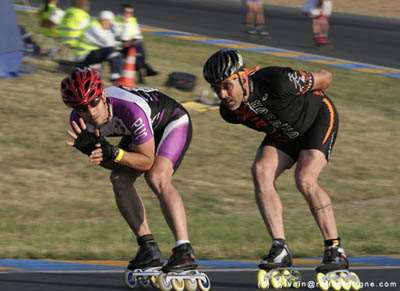 Fitness skating is less traumatic for bone cartilage than running for instance. Impacts due to running are aggressive for ankle, knee and hip cartilages. Forty five or sixty years older people stop running because they ache all over. Fitness skating avoid all kind of these injuries.
Fitness skating is less traumatic for bone cartilage than running for instance. Impacts due to running are aggressive for ankle, knee and hip cartilages. Forty five or sixty years older people stop running because they ache all over. Fitness skating avoid all kind of these injuries.
What do you think about urban skating because of the air pollution?
It is clearly impossible to stay closed at home, but avoid going out when pollution is maximal in big cities. A cyclist breathes fewer pollutants than a driver inside a car (that’s because air cycling is closed circuit for only recent cars)
Do the roller-skating a good urban means of conveyance?
Yes it is! And you can gain a lot of time: not any traffic jam, and exercice during drive time. Moreover it’s an environment friendly attitude.
Let us see energy aspects: from how many training time fat is it burned?
Theory said more 30 minutes are needed to use lipids as fuel, as soon as glycogen stored into muscles and liver is over.
What is recommended to eat the day before race?
 First low absorption carbohydrates (starches), some raw vegetables and very few proteins. So prefer pasta or rice with a part of raw vegetables to better digest.
First low absorption carbohydrates (starches), some raw vegetables and very few proteins. So prefer pasta or rice with a part of raw vegetables to better digest.
Complex carbohydrates are important for sportsman diet. Eating three hours before race is needed, even if effort is performed on one and half-hour. That doesn’t concern very long race (6 hours and more) where eating during is a necessity.
During effort an energy drink is it better than simple water ?
I would recommend water, and water! Some people can’t bear energy drink during effort. The blood is mostly used by muscles and a small part goes to digestive system. This is the main reason to eat 3 hours before a strong effort. Drinking water don’t disturb an effort, but has to be done before being thirsty.
What about simple carbohydrate (simple sugars)?
Sedentary or sportsman has to avoid eating simple sugars the most of time. Recent investigations show it is the main factor to make obese people. Children obesity is due to sweets ingestion all day long.
Explication is rather simple. If you don’t nibble between meals and carbohydrates are present in your usual food, blood sugar is stable (at about 1g/l). Soda ingestion in an empty stomach increases drastically blood sugar (level > 1g/l). As a consequence insulin secreted under control of brain burn exceeding sugar. A time-lag may occur so that insulin is exceeding the need, and leads to an hypoglycaemia over 2 hours. You are hungry and eat some sweets or confectionaries … and so on ! Sugar ingestion during effort generates successive hyperglycaemia and hypoglycaemia, bad for health.
How to differentiate simple from complex carbohydrates?
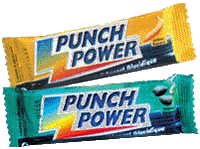 Answer is the glycemic index that measures how much your blood glucose increases in the two or three hours after eating. By example potato has a glycemic index higher than rice or pasta which means it is quickly absorbed. So rice or pasta will be chosen. Another point is that simple carbohydrates present in a meal react rather like complex carbohydrates.
Answer is the glycemic index that measures how much your blood glucose increases in the two or three hours after eating. By example potato has a glycemic index higher than rice or pasta which means it is quickly absorbed. So rice or pasta will be chosen. Another point is that simple carbohydrates present in a meal react rather like complex carbohydrates.
Thank you for these answers!
* sport practice must be completed by a good diet: more fruits and vegetables, and less fat food.
Links
Strengthen your ankles for a better practice
Precautions to take while skating by cold weather
Translated by Valino
Photos : all rights reserved
Thanks to Dr Blanc for his answers

